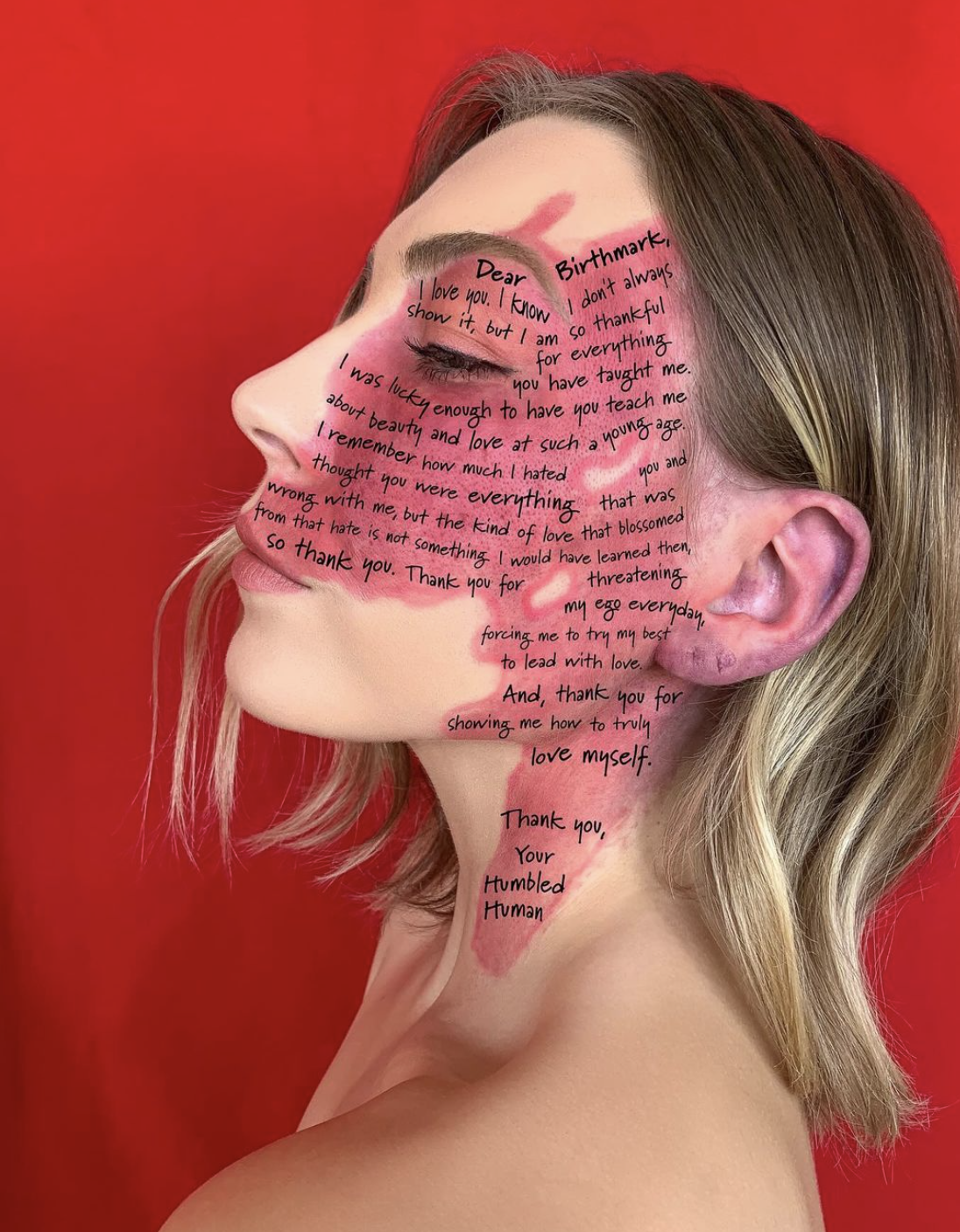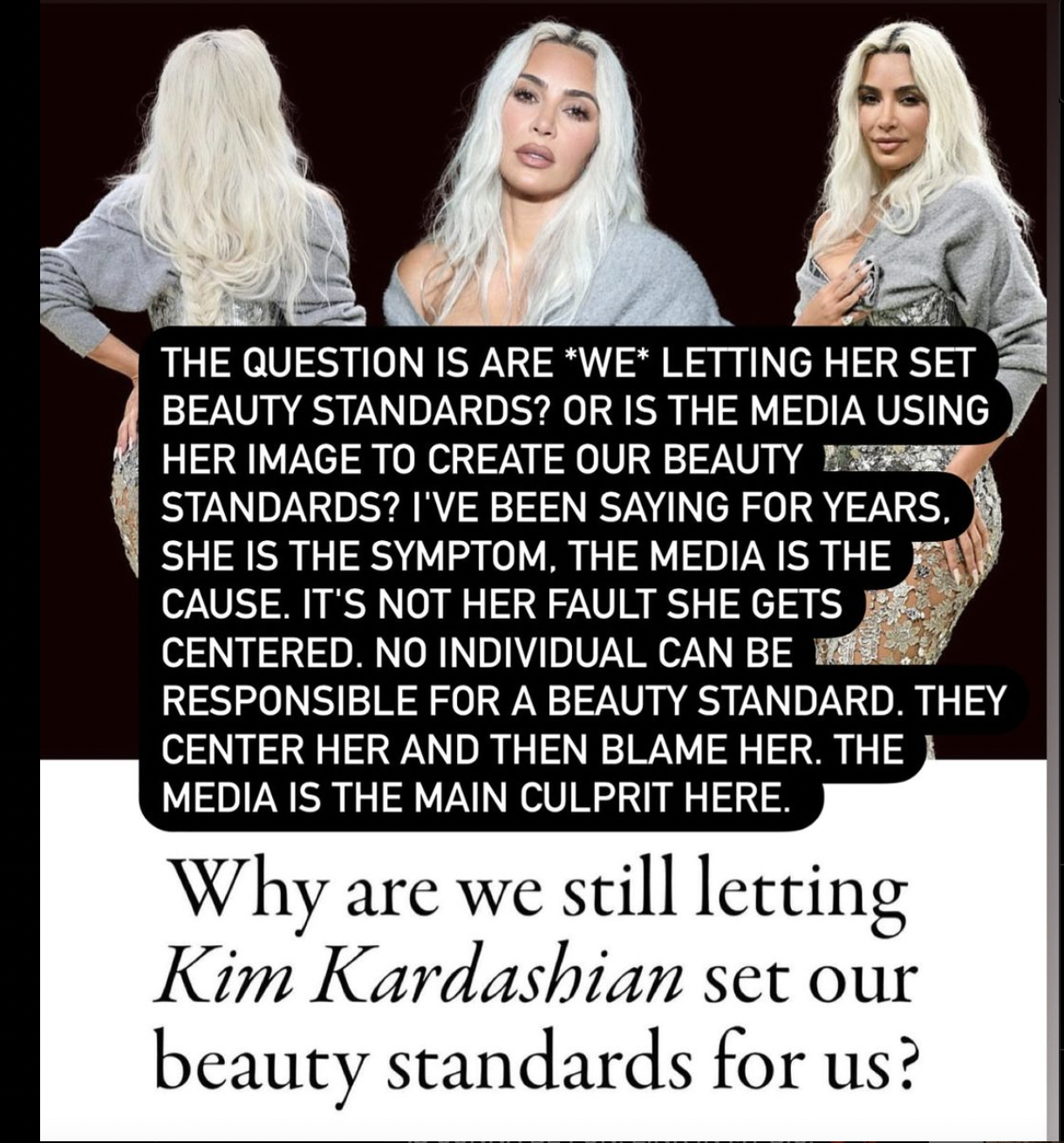Indigenous Innovators Shaping a Beautiful, Sustainable World
Earth Day is such an important celebration designed to raise awareness about our planet's natural systems and our challenges.
The global event was held this year on April 22. It brought together millions of people from diverse backgrounds, cultures, and communities, all united by a shared commitment to environmental stewardship and sustainability.
From protecting our oceans to supporting delicate ecosystems, Earth Day is all about slowing down and appreciating what’s around us — while acknowledging there’s a lot of work to do.
But we believe every day is Earth Day. And we will continuously, speak about how we can better protect our planet and celebrate the people making it their purpose to do as well.
Our indigenous communities are at the forefront of this mission, as they often share a uniquely close and respectful relationship with nature.
Viewing the Earth as both sacred and interconnected, we can all learn from them. So, we wanted to spotlight the next generation of inspiring indigenous figures helping to make the world a more beautiful place in their own, unique ways.
Zaya on fighting for the Amazon
Raised in the Amazon Rainforest, in the heart of Brazil, Zaya and her family were forced to flee when she was young amid the threat of illegal loggers. Eventually migrating to a city, Zaya always remembered her roots and her community's crucial role in the world.
Zaya is an indigenous model and activist who uses her platform to raise awareness of the struggles facing the indigenous community and the wider mission to save the planet. She’s a profoundly spiritual figure who sees herself as a bridge between the indigenous and modern world.
Reflecting on her goals, Zaya is clear: “We need to protect our Indigenous communities, who are the real guardians of nature and of our future.”
Of course, she is involved in the fashion industry, which also affects the environment. However, she is using her influence as a force of good, helping to inspire others from the inside. She’s also severed ties with multiple fashion agencies that failed to support her quest for ethical activism in the fashion world.
Shina Nova on activism and embracing the beauty of heritage
Shina Novalinga is an activist and influencer from the Inuit community and now lives in Canada. She broke the internet when she started sharing amazing posts about Inuk culture, such as throat singing, traditional Inuk fashion, and her relationship with her mom.
One of the most significant moments she featured on her social media was getting her tribal face tattoos alongside — in an extraordinary and sacred moment for her community. She’s spoken a lot about its impact on her life and how crucial it was to connect with her indigenous roots through this unique tradition.
Shina Nova challenges conventional beauty trends and is unapologetically herself, which also translates to her activism. As her following grew, so did her voice for the indigenous people in her community. She often speaks about the violence and challenges others have faced.
She said: “We often have the impression that the situation is perfect in Canada, but there are still so many things to do. Inuit don't have many rights. I have met many people in Quebec who don't even know what it means to be Inuk. They sometimes think that we come from another country. So it's very important to raise awareness. Otherwise, no one really takes notice of our existence."
Xiuhtezcatl Roske-Martinez on fighting on behalf of the planet
Xiuhtezcatl was listed among Time 100’s following list in 2019 after he was among a group that filed a landmark lawsuit against the US government for failures to prevent climate change. Born into a family with deep indigenous roots—his father being of Mexica descent with ties to Aztec lineage—Xiuhtezcatl's connection to nature and environmental stewardship runs deep within his heritage.
Having conducted his first public speaking event at the age of 6, he became a prominent figure in environmental activism circles by his late teens. He was the Youth Director of Earth Guardians until 2019 and has since channeled his roots into various creative projects, music, and art. Xiuhtezcatl continues bridging the gap between activism and art today, highlighting the importance of connections between culture, nature, and social change.
He told Teen Vogue: “My dad taught me that protecting the earth is a responsibility, the same way our ancestors had the responsibility to do so. Those were the teachings I grew up with. My mom was very involved in environmental activism, and I’ve been working my whole life with the Earth Guardians. It gave me an outlet to use my passion and use my voice, and it was very empowering.”
Korina Emmerich on remembering the roots of slow fashion
Fashion designer Korina Emmerich’s lineage comes from the Puyallup Tribe, a group of Native Americans around Washington State. Her iconic fashion designs are deeply rooted in the art of her Puyallup community, and so is her commitment to sustainability.
Her brand, EMME Studio, is a made-to-order brand that champions natural materials and ensures nothing goes to waste. Her commitment to the planet is inspired by her heritage and passion for having a positive impact on the natural world.
She firmly believes that indigenous communities play a crucial role in the future of the sustainable fashion world.
In an interview with CFDA, she said: “I believe any action towards climate justice must center the traditional and ancestral knowledge of Black, Brown, and Indigenous leadership. While many in the fashion industry are now marketing their “green” initiatives, sustainability can only exist at the intersection of climate justice and human rights. So, visibility and fostering communication in an equitable and inclusive space is of the utmost importance.
Hindou Oumarou Ibrahim on shaping global policy
Hindou Oumarou Ibrahim comes from the Mbororo pastoralist community in Chad and is an indigenous figure in global political circles. Like others on this list, she uses her influence to raise awareness of the intersection between indigenous people, climate change, and traditional knowledge.
Her campaigning has also led to her participation in COP 28, among other major environmental initiatives, where she called for the world to listen to the indigenous community.
Speaking to Time Magazine last year, she had a clear message: “It is easy for everyone to say we protect 80% of the world’s biodiversity, [that] we are the guardians of the ecosystem. They say, we applaud you. Well, we don’t want them applauding us. We do that naturally because we care about nature because we know that this is our life. We are not coming as victims. We are bringing solutions. It is our knowledge, our wisdom, our technology that can stop climate change.”



